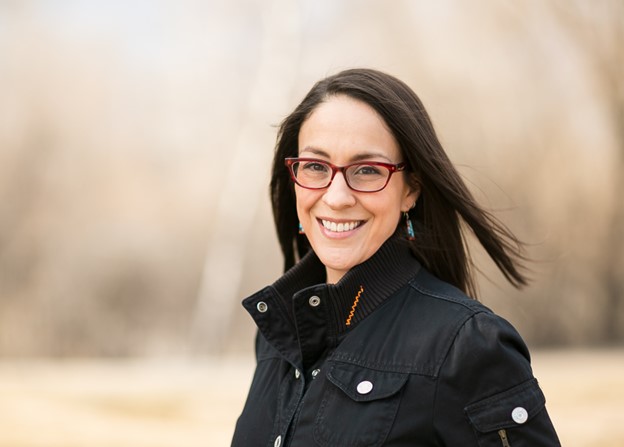Next Gen Navigator
A More Thoughtful Approach to Science Assessment
By Soñia Galaviz
Posted on 2022-05-26
As an elementary science teacher, I know firsthand that the focus on high-stakes testing in reading and math means that science education often takes a back seat to those subjects. At the same time, current science tests do very little to help me teach, so simply “testing more” is not the solution. The report Call to Action recommends that science have a place at the table within the broader education landscape, but in a smart and thoughtful way: through “…system assessments and indicators that together provide results that complement [one another] and provide information about the progress of schools, districts, and states.” This opens the door to a more thoughtful approach to assessment that can illuminate students’ conceptual understanding of science—and this begins in the classroom.
For assessments to be useful, they must provide the right information, at the right time, to the right people. In my classroom, the most useful assessment information comes from interacting with and observing my students while they are engaged in learning through formative assessment practices. For example, when students talk to me and one another while they are making sense of a shared observation or problem, we learn so much more about how they are learning. These classroom-based formative processes allow us to work together to monitor students and provide immediate feedback, as well as adjust our strategies and practice to improve student learning. Similarly, locally (teacher- or district-led) designed summative assessment tasks can also be useful for capturing student understanding as a class because they build from, and acknowledge, the specific contexts and quirks of our classroom, students, and learning experiences.
Conversely, state summative assessments in science do very little to inform practice in the classroom. A single state annual test can be useful for a snapshot of learning and for documenting the metrics of schools’ populations statewide, but they do not provide information about what led to those outcomes, or how we can further help students moving forward.
When Call to Action suggests a systems approach to assessments, this gives me hope for assessment policies that will really focus on supporting students, teachers, and families working together to support learning. As we consider how to bring Call to Action from paper to practice, we should focus on prioritizing assessments that support classroom instruction and provide meaningful information for both students and teachers. This means de-emphasizing single end-of-year exams that do not provide instructionally-relevant information. Instead, tests should focus on providing educators and local leaders in schools and districts with the tools, support, and guidance to (1) use culturally and linguistically responsive formative assessment practices during instruction to better develop students’ conceptual understanding; (2) understand how different assessments should be implemented and used (and how they should not be used); (3) understand how student thinking unfolds and becomes visible across multiple dimensions; and (4) develop deeper facility with equitable assessment practices, including creative ways to allow diverse learners to make thinking visible while maintaining high standards for all learners.
Call to Action is clear in its efforts to elevate the profile of science education in schools and evaluate science achievement to the same degree as achievement in math and English Language Arts. Meaningful science assessments matter if we are to deliver better science education to each of our students, and we must position ourselves in a way to advance these goals. Call to Action presents landmarks: It is up to us to articulate how we reach them in ways that improve and expand science education at the district and classroom levels and maximize local efforts and action from community partners.

Dr. Soñia Galaviz is a fifth-grade teacher and STEM Coordinator at Garfield Elementary School in Boise, Idaho. She has taught for nearly 20 years in Title 1 schools and is passionate about public education. In 2017, Galaviz received the National Education Association (NEA) Foundation’s NEA Member Benefits Award for Teaching Excellence. She earned her doctorate in spring 2020 from Boise State University, focusing on STEM education for underserved populations. Most recently, she was honored with Boise State’s Distinguished Alumni Award for 2021. She considers herself a public education and union evangelist.
Note: This article is featured in the May 2022 issue of Next Gen Navigator, an e-newsletter from NSTA delivering information, insights, resources, and professional learning opportunities for science educators by science educators focusing on the themes highlighted in Call to Action for Science Education and on the Next Generation Science Standards and three-dimensional instruction. Click here to sign up to receive the Navigator.
The mission of NSTA is to transform science education to benefit all through professional learning, partnerships, and advocacy.

